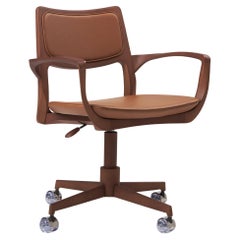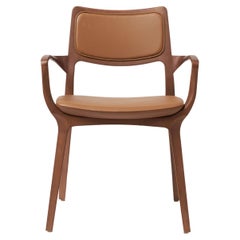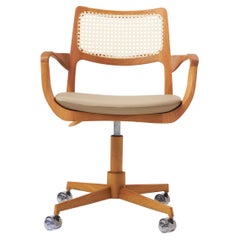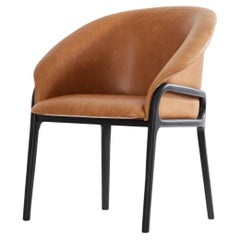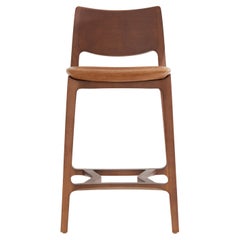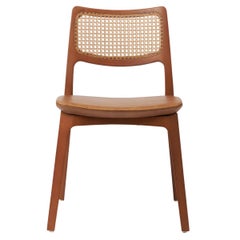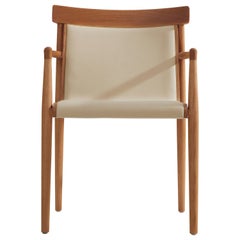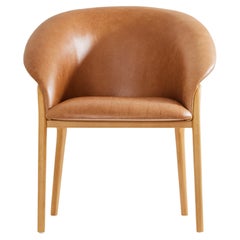SIMONINI
SIMONINI is a modern furniture design studio dedicated to creating the classics of tomorrow. Its responsibly sourced hardwood furniture is made to stand the test of time while maintaining its beauty and charm. SIMONINI specializes in designing and producing chairs, particularly dining room chairs, stools and armchairs. The company’s signature sleek style also informs its elegant dining tables and chic patio furniture.
SIMONINI was founded by designer Daniel Simonini and is headquartered in São Paulo, Brazil, and Milan, Italy. Simonini, born in Brazil in 1986, holds a master’s degree in industrial and interior design from SPD Scuola Politecnica di Design in Milan. After graduating, he worked for many esteemed design studios like Studio Laviani, Lissoni Associati, Lomography and Palomba Serafini. During the early years of his career, Simonini gained substantial experience in designing furniture and decorative objects for both mass and niche markets.
When Simonini founded his self-named studio in 2012, he chose to specialize in furniture design. The goal was to use only the highest quality materials and expert techniques to manufacture exclusive pieces for discerning clients. In every new design, Simonini seeks to find a balance between form and function, bringing greater harmony to living interiors.
In addition to his own company, Simonini has partnered with Milan designer Niccolò Adolini on a furniture line under the Adolini+Simonini brand.
On 1stDibs, find SIMONINI seating, tables, garden furniture and more.
| Average Sold Price |
| $2,331 |
| Styles |
| Materials |
| Related Creators |
2010s Brazilian Post-Modern SIMONINI
Leather, Textile, Upholstery, Faux Leather, Cane, Hardwood, Walnut
2010s Brazilian Post-Modern SIMONINI
Leather, Textile, Upholstery, Faux Leather, Cane, Hardwood, Walnut
2010s Brazilian Post-Modern SIMONINI
Leather, Textile, Upholstery, Faux Leather, Cane, Hardwood, Walnut
2010s Brazilian Modern SIMONINI
Leather, Textile, Upholstery, Fiberglass, Hardwood
2010s Brazilian Post-Modern SIMONINI
Leather, Textile, Upholstery, Faux Leather, Cane, Hardwood, Walnut
2010s Brazilian Post-Modern SIMONINI
Leather, Textile, Upholstery, Faux Leather, Cane, Hardwood, Walnut
2010s Brazilian Modern SIMONINI
Leather, Textile, Upholstery, Laminate, Hardwood
2010s Brazilian Modern SIMONINI
Leather, Textile, Upholstery, Fiberglass, Hardwood
SIMONINI Sale Prices
| Sold Date | Sold Price | Category | Material | Creation Year | ||||||||||||||||||||||||||||||||||||||||||||||||||||||||||||||||||||||||||||||||||||||||||||||||
|
| $2,331 |
Average sold price of items in the past 12 months |
| $620-$11,280 |
| Sold price range of items in the past 12 months |
